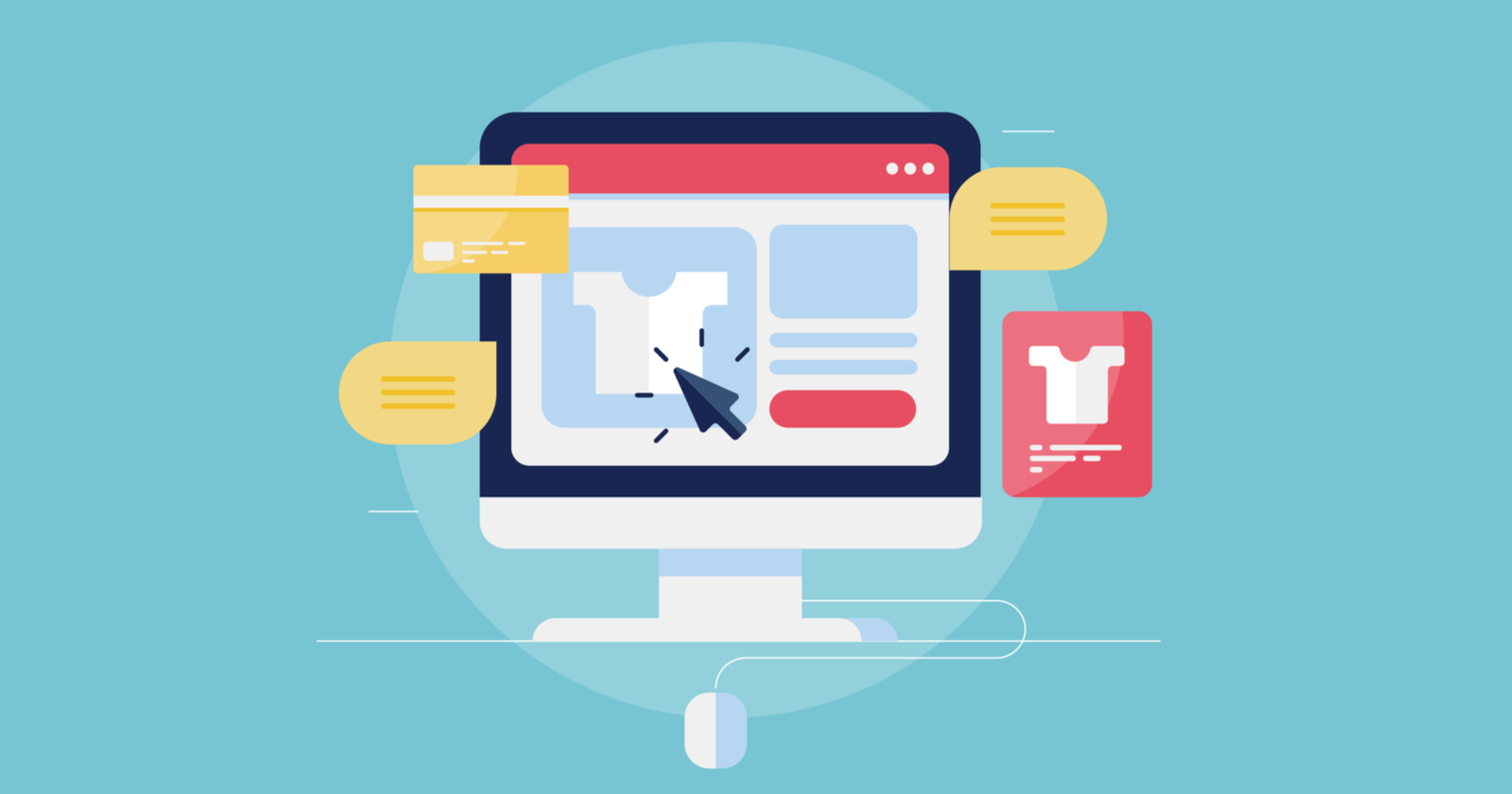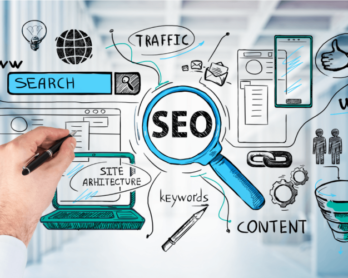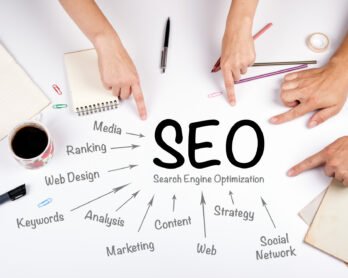7 Do’s Of Ecommerce Product Page SEO

An eCommerce product page is the first thing that a customer sees when they are looking to buy something online. It’s also the first impression of your brand and business, so it’s important that your product pages are SEO-friendly and optimized for search engines. This is what even the leading SEO Company in Ahmedabad aims for when their start the SEO project of any eCommerce site.
If you’re not sure how to do this, take a look at our guide below:
Always Write Unique Product And Meta Descriptions
Unique titles and page copy, in general. You can use variations of your keywords in the text, but make sure that each unique section on your page has its own title and description.
This makes it easier for search engines to understand what you’re trying to say about each piece of content on the page and helps them determine which pieces are most important for ranking well in search results (and leads).
If you have multiple pages with similar content, SEO Company in Ahmedabad suggests using different names or numbers will help differentiate between them so that users know where they should go when searching for information related specifically to those topics/products being sold through an eCommerce store like yours!
Unique images/videos/etc. are very important because they allow customers another opportunity to see exactly what they’re buying before making their purchase decision.
If there’s nothing else going on besides just this image, then chances are good those people might not even bother going back later down the line too often either–which means fewer sales overall!
Use High-Quality Video And Imagery
- Use high-quality product images and videos.
- Make sure your product images are large, clear and well-lit so that customers can see them easily. This will help reinforce the quality of your products in their eyes, making them more likely to purchase from you instead of another seller on eBay or Amazon Marketplace.
- Video is a great way to show off what makes your products unique compared to others out there in the marketplace; however, it should be short (less than 3 minutes), which means not many seconds of talking or talking about anything at all!

Remember: less is more when it comes down to SEO for eCommerce sites because customers often don’t keep watching longer than 2 minutes at most before scrolling down and looking elsewhere for something else interesting enough for them not only now but also later too if needed some time down the future road ahead!
To leave the stress aside, you can consider hiring SEO Services in Ahmedabad for your eCommerce site.
Optimize Titles And Meta Descriptions
- Use keywords in titles and meta descriptions.
- Meta descriptions should be between 150-160 characters and include your main keyword or keywords, but don’t be too promotional (more about this later).
- Every page on your eCommerce site needs a unique meta description for each product so that search engines can see that it’s still relevant to them after clicking through to another page of yours with the same title (this will help with rankings).
Audit Your Product Pages For Technical Issues
- Audit your product pages for technical issues.
- Try to find out if the website is using an old theme or if it’s not optimized at all. If your site has an old theme, then you should switch to one that supports WooCommerce 3.0 and higher (which means that you need a WordPress version 3.8 or higher).
Minimize Page Load Times
Unfortunately, there’s no way to get around the fact that your page load times are going to be slow. The best you can do is make sure they’re as fast as possible by using a CDN (content delivery network), caching plugins and also optimizing your images for speed.
- Use a CDN: If you want your website visitors to see content quickly on different devices and browsers, then using an external content delivery network like Cloudflare is an excellent option. This will eliminate requests going back into Google Search Console and help improve search rankings too!
- Use caching plugins: There are many different types of caching plugins available these days which allow users to store copies of their websites’ static files locally, so they don’t have any issues loading pages when they visit again later – this makes sure pages load quicker than ever before!
Share Real Testimonials And Customer Reviews
When you’re promoting your products, it is important to share real testimonials and reviews. This will help build trust with potential customers and give them the confidence that they could make a purchase from you.
In addition to sharing customer reviews, it is also crucial for you to make sure that these reviews are authentic ones. If someone has written a fake positive review of your product, then this can hurt the credibility of your business as well as its SEO results.
It’s better if people who have purchased from you feel comfortable enough writing about their experience with your company in order for others who might be looking into making a purchase from them to see what kind of quality service or products are being offered by other businesses online.
Test Landing Pages To Find The Best
The best way to find out what works and what doesn’t, as per SEO Company in Ahmedabad is by testing it on landing pages. Landing pages are designed to be similar to your main product page but are tailored for specific conversion goals like getting signups or conversions. This allows you the freedom to create multiple variations of your product page while still being able to measure the results of each one.
You can use landing pages as a way of testing different calls-to-action (CTAs), layouts/designs and offers in order to come up with new ideas that will help boost conversion rates across all other aspects of eCommerce SEO.
Conclusion
Now that you know the 7 best practices of eCommerce Product Page SEO, it’s time to get started with your own product page. Start by performing an in-depth analysis of your products and identifying which features are most important to customers.
You can then apply these 7 best practices by implementing them into your individual page or through an entire website redesign.
This is a great way to increase overall brand awareness and sales!



